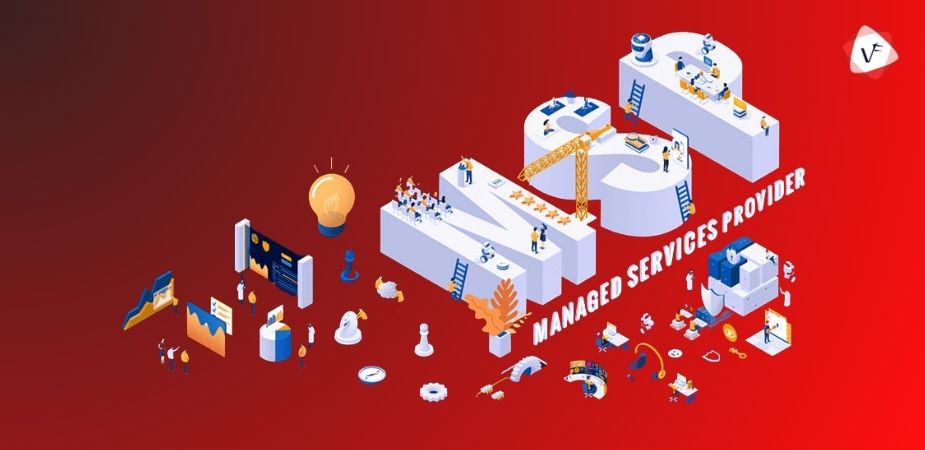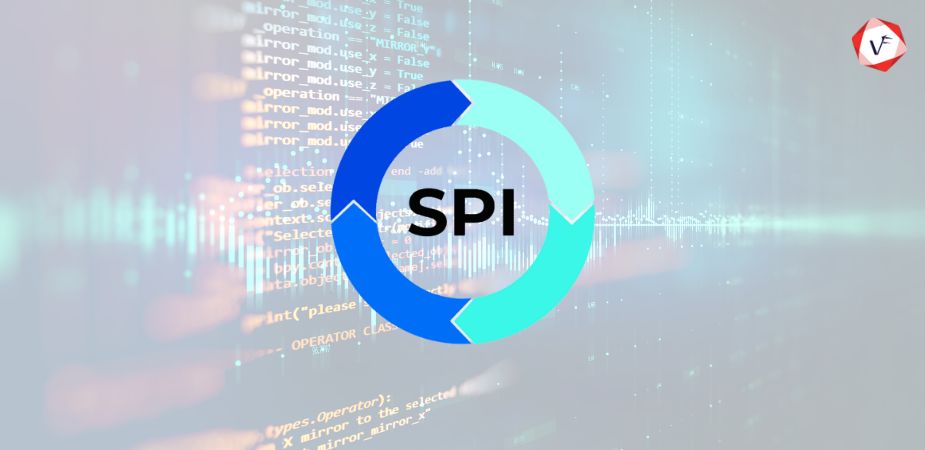Front-end web development is the method of generating HTML, CSS, and JavaScript for a website or Web Application so that a user can view and interact with them directly. In the past twenty years, front-end development has advanced significantly. In general, front-end web developers are in charge of designing vital UI designs and visual components that facilitate smooth interactivity and operation with a web application. The difficulty with front-end development is that the methods and technologies used to build a website’s front end are continually changing, demanding constant monitoring of the industry’s advancements.
Front-end developers will use a multi-layered strategy of programming languages/frameworks to create a front-end architecture for engaging user experiences. It is a useful yet appealing user interface that uses crucial design components and UX research to actively engage the audience. The functional basis of an eye-catching UI is built by front-end developers using JavaScript, HTML, and CSS in an adaptive manner to hit this perfect spot. Here are five tips to help you become a better front-end designer and web developer.
1. Learning Command Line Is The Way To Go.
Using GUI tools to power the terminal is a common practice among developers. Most of them don’t realize that doing this results in spending a huge fraction of their valuable time using GUI tools rather than advancing on the terminal. The best course of action is to become familiar with the command line. You’ll discover that using command line tools rather than GUI tools allows you to accomplish a variety of tasks much more quickly and effectively. To get started, learn the fundamentals of the command line. However, using the right commands to automate the terminal is a great way to save time and effort.
2. Invest In Productive Tools.
It takes time to create a perfect and user-friendly website that involves frameworks, boilerplates, generalizations, dependency management, hierarchy structuring, building procedures, and other things. This lengthy list appears to be getting longer every year. The only way that seems to exist is to keep up with the most recent front-end development tools and practices.
As front-end developers, you strive to produce efficient, reliable, and excellent websites. Therefore, in order to be more productive, you need to employ tools that help a lot while also enabling you to produce work of the utmost quality. Several web development tools are available on the Internet nowadays, ranging from browser add-ons to intelligent plugins. Text, jQuery, Emmet, Bootstrap, and Sass are some examples of web development tools.
3. Always Be Curious.
A front-end developer must constantly stay up with the most recent developments and updates in the industry. You must be proactive and pick up fresh information on front-end development from educational blogs and videos. The resources such as Frontend Focus, CSS Weekly, JavaScript Weekly, Web Design Weekly, Codrops, ShopTalk Podcast, etc are some of the most valuable and interesting for front-end developers.
4. Refactor Your Code Occasionally.
Another important tip for front-end web development is to refactor your code occasionally. You aren’t actually changing the code’s functionality when you “refactor” it, rather you are improving it. Your code will get better and more readable as a result of doing this, and the more frequently you do it, the more frequently your code will be upgraded into a better, neater version of itself. Apart from that, refactoring has a number of key benefits, one of which is that it keeps your code unique.
5. Automate
You already have to deal with countless tiny details as a front-end developer, which can occasionally get stressful. Boilerplate, testing, workflow, dependency management, performance, optimization, build, deployment, and other tasks must all be prioritized. Adding automation to your process can relieve some of your stress. While automation can handle tasks like testing, optimization, etc, you can concentrate on the essential components of front-end development like HTML and CSS, building client-side software, improving the user experience, and so on. By doing this, you’ll not only become more productive but also learn to plan ahead which will enhance the general functionality of your website. Grunt, Gulp, and Broccoli are some of the automation tools.
Read – The Complete Guide To PWA(Progressive Web Apps)
Final Thoughts
Front-end development is a much-needed progress for the demands of the modern web. A front-end developer’s primary duty is to make sure that users of the website can easily interact with the page. Using the above essential tips for front-end web development will help web developers to achieve their goals easily.
Everything you see, and interact with while visiting a website is the result of the efforts of a front-end developer. Modern websites and apps cannot afford to ignore this area at all, and many firms with observable skill in it use frameworks effectively to their full potential. What needs to be accomplished, the client’s specified budget, and the scope of the project will all have a major impact on the choice of framework.





